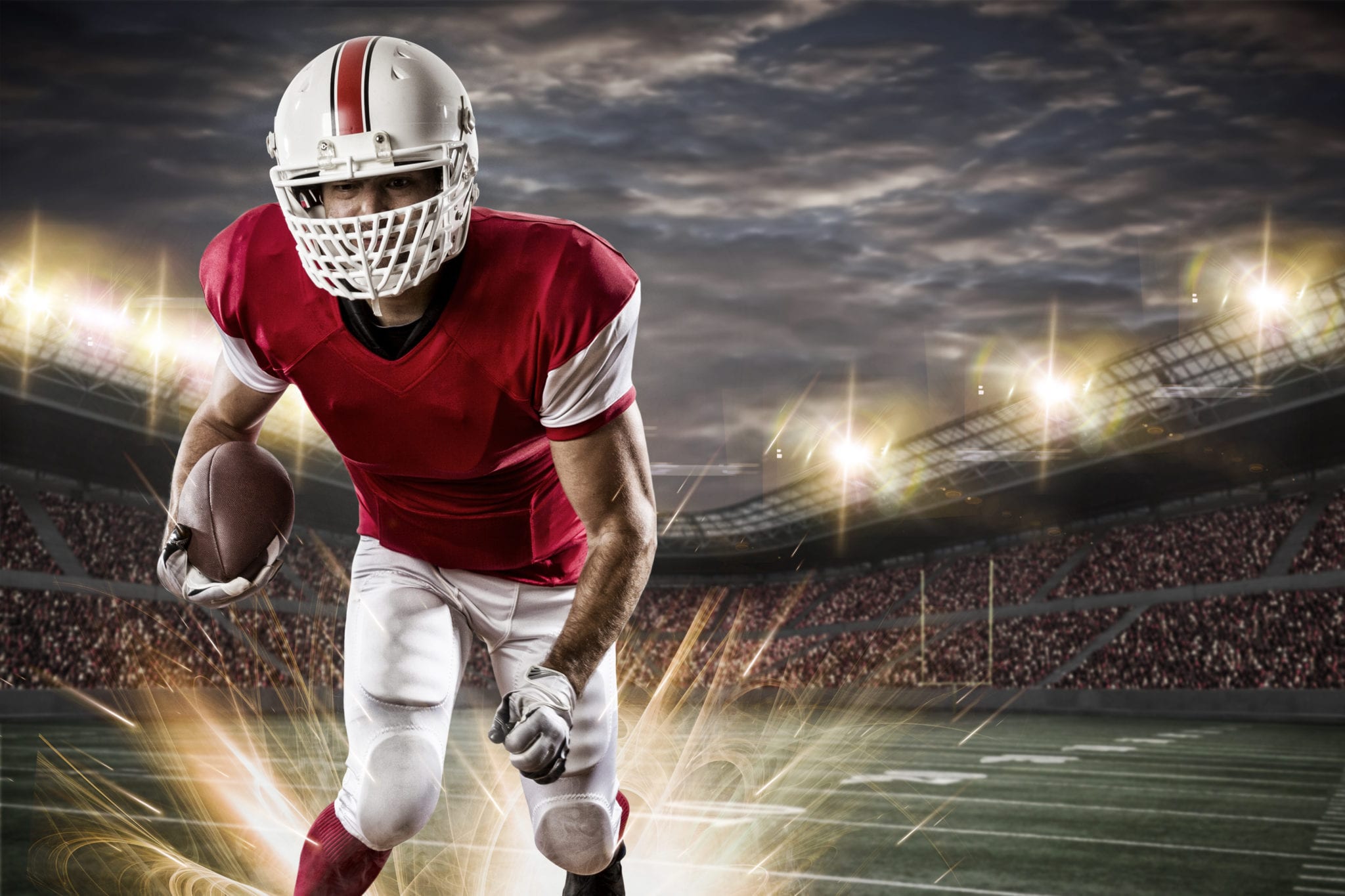From competitive tennis players, dancers, to softball pitchers, football players, basketball players and swimmers, we get the pleasure of working with an amazing group of high-level teenage athletes in our physical therapy clinic here at CHARM. Despite being capable of performing incredible feats of athleticism and having top quality training, young athletes are prone to injury because of the stress they demand of their bodies to train and compete. Here are some ways Redcord® Neurac® training can help to prepare your high school athlete for the physical challenges ahead:

1. Address weak links. Our bodies will do what we ask of them, but often at the price of muscle imbalances, compensatory patterns, and asymmetries. Athletes are especially prone to all of the above because of the asymmetrical nature of most sports, asking the athlete to place more stress on their stronger side causing muscular and skeletal imbalances. Often, joint stabilization is put at risk, while the more superficial “mover” muscles take over to get the job done, increasing the risk of injury. The Neurac method integrates all myofascial chains with the deep core stabilizers in order to optimize strength and efficiency by addressing the weak links that create imbalances, asymmetry and subsequent injury.
2. Train better and more effectively. Despite the best efforts of coaches and trainers, many teenage athletes can get away with poor body mechanics and exercise form that may be training the wrong muscles or increasing the risk of injury. At CHARM, we have one-on-one training focused on neuromuscular reeducation to insure that our teenage clients are making the most of each exercise in order to receive the full benefits while protecting joints.
3. Correct harmful postural tendencies. The poor postural habits you see in adults begin to develop at a young age. We ask our teenagers to sit at desks at school all day and do their homework on laptops/computers, causing the same postural tendencies that we see in our middle-aged officemates. These postural habits can translate into movement dysfunctions both on and off the field by causing poor spinal alignment, weakness, and tight musculature.
4. Learn about your anatomy. At CHARM, we have an educational approach to physical therapy because we believe that in order to move better you must understand how your body is designed. We dedicate a significant amount of time to teaching you how your bones and muscles work together in harmony to make you the masterpiece in motion that you are. Our teenage athletes leave CHARM with a deep understanding and appreciation for how best to utilize and protect their bodies from the stress of both sport and everyday living.
Teenagers have an incredible ability to learn, adapt, and change patterns. This is the best time to intervene to address poor movement or training habits that may snowball into more serious problems in the future. Learning how to optimize movement right now is an investment that will pay off for years to come as your teenager develops into a physically active adult.



